Niels Henrik David Bohr was a Danish physicist who is most famous for his model of the atom, still widely studied in educational institutions. He collaborated with several scientists most famously Werner Heisenberg of Germany with whom he also had a famous meeting during the Second World War. Niels Bohr is credited with helping in the rescue of Danish Jews to Sweden during the war and was involved in the Manhattan Project to produce nuclear weapons. Know more about the family, life, education, work and death of this famous Nobel Prize winning scientist.
#1 HIS BROTHER WON A SILVER MEDAL AT THE 1908 SUMMER OLYMPICS
Born in Copenhagen, Denmark on 7th October 1885, Niels Bohr was the second of three children of Christian Bohr and his wife Ellen Adler Bohr. His father was a renowned professor of physiology at the University of Copenhagen who was nominated twice for the Nobel Prize. Neils’ elder sister Jenny became a teacher while his younger brother Harald became a mathematician and footballer. Harald Bohr was part of the Danish soccer team at the 1908 Summer Olympics which won a silver medal and defeated France 17–1, which remains an Olympic record.
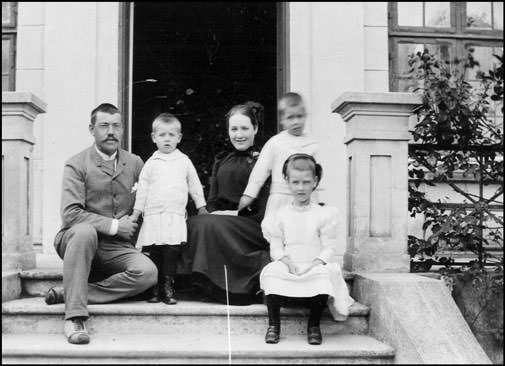
#2 HE DISCOVERED THE BOHR–VAN LEEUWEN THEOREM
Niels Bohr did his early education at the Gammelholm Latin School in Copenhagen. He joined the Copenhagen University in 1903 to study physics, astronomy and mathematics at the undergraduate level. In 1910, he acquired his master’s degree in Physics. He then elaborated his master’s thesis into his Doctor of Philosophy thesis, which was accepted in April 1911 and soon after he received his PhD degree. Bohr’s doctoral dissertation was ground-breaking but didn’t get the attention it deserved as it was written in Danish. In it Bohr had discovered the Bohr–van Leeuwen theorem but it only came into focus when it was rediscovered by Dutch physicist Hendrika Johanna van Leeuwen in 1919.
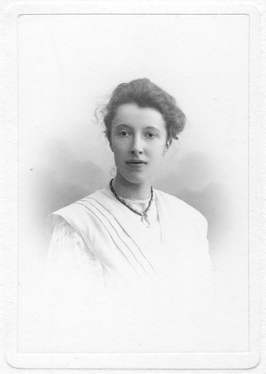
#3 NIELS BOHR IS MOST FAMOUS FOR HIS MODEL OF THE ATOM
In 1911, British physicist Ernest Rutherford formulated the Rutherford model of the atom by which an atom contained a very small charged nucleus orbited by low-mass electrons. In July, September and November of 1913, three papers by Niels Bohr were published in the English scientific journal Philosophical Magazine. They later became famous as “the trilogy”. In the trilogy, Bohr adapted Rutherford’s nuclear structure to Max Planck’s quantum theory to form the famous Bohr model of the atom. He postulated that electrons could only occupy specific orbits at certain discrete set of distances and while jumping from one allowed orbit to another, they absorbed or emitted electromagnetic radiation.
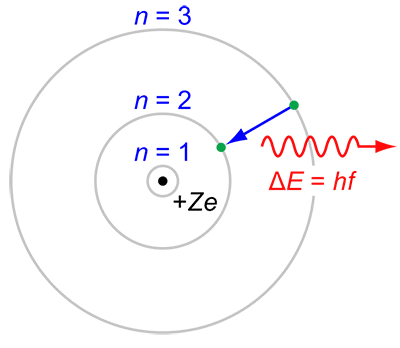
#4 NEILS BOHR WAS AWARDED THE 1922 NOBEL PRIZE IN PHYSICS
Bohr’s atomic model was initially unacceptable to most physicists but as it was able to account for an ever-increasing experimental data it gained in popularity. Although the Bohr model of the atom has been superseded, its underlying principles remain valid. In 1922, Niels Bohr was awarded the Nobel Prize in Physics “for his services in the investigation of the structure of atoms and of the radiation emanating from them”. The award was recognition for both the Trilogy and his work in the emerging field of quantum mechanics. Other awards given to Bohr include the Hughes Medal in 1921, the Matteucci Medal in 1923, the Franklin Medal in 1926 and the Copley Medal in 1938.
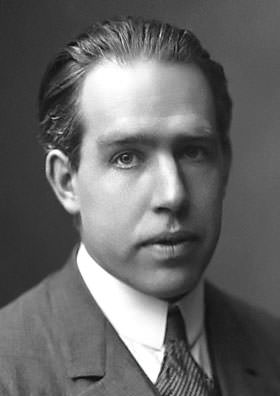
#5 HIS INSTITUTE HELPED JEWISH INTELLECTUALS DURING RISE OF NAZISM
In 1921, Niels Bohr founded the Institute of Theoretical Physics at the University of Copenhagen, which later officially became the Niels Bohr Institute. With the rise of the Nazi regime in Germany in 1933, many Jewish intellectuals lost their jobs. Niels Bohr set up the Danish Committee for the Support of Refugee Intellectual Workers the same year. Bohr provided the refugees with financial support and gave them temporary jobs at his Institute before they obtained permanent appointment elsewhere, most often in the United States.
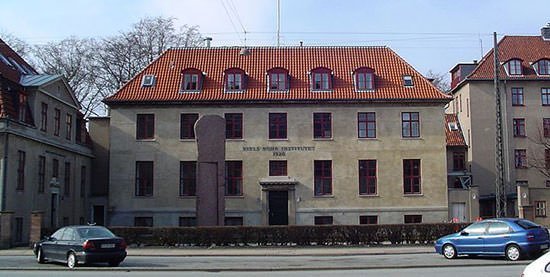
#6 He HAD A FAMOUS MEETING WITH HEISENBERG DURING WW II
With the advent of World War II, Germany occupied Denmark in April 1940. Leading German physicist Werner Heisenberg travelled to German-occupied Copenhagen in September 1941. Heisenberg had been a student of Niels Bohr and collaborated with him. They met privately in the evening on September 17 but their conversation remains a mystery with both giving differing accounts. Heisenberg, though not an anti-Semitic, was a loyal German national and leader of the secret German nuclear program. Bohr would go on to warn the Allied Nations of Germany’s intention of preparing an atomic bomb, leading to enhancement in their efforts to accomplish the same while Heisenberg would opine to the Germans that preparing an atomic bomb was not feasible at the time.

#7 HE CONTRIBUTED TO THE RESCUE OF DANISH JEWS TO SWEDEN
The mother of Niels Bohr belonged to a prominent Danish Jewish family. In September 1943, Bohr came to know that he and his family were in danger of being arrested by the Nazis who considered them to be Jewish. The Danish resistance helped Niels Bohr and his family to escape by boat to Sweden on 29 September. The next day, Bohr met King Gustaf V of Sweden and persuaded him to make public Sweden’s willingness to provide asylum to Jewish refugees. This was followed by mass rescue of Danish Jews and the Danish resistance was able to evacuate 7,220 of Denmark’s 7,800 Jews to Sweden. Though majority of the historians consider Bohr’s act as not a decisive influence, he is still credited with contributing to the rescue.
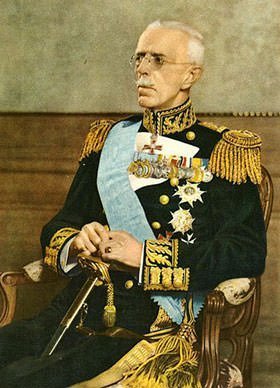
#8 HE WAS PART OF THE MANHATTAN PROJECT
From Sweden, Niels Bohr was taken to London and from there he travelled to the U.S. as part of the British Mission to work on the top-secret Manhattan Project, a research and development project to produce nuclear weapons. Bohr joined the project as he was concerned about a corresponding project in Germany. He later said that they didn’t need my help in making the bomb. However Robert Oppenheimer, the “father of the atomic bomb”, credited Bohr for his technical contributions including solving the puzzle of a device known as modulated neutron initiators; and for being “a scientific father confessor to the younger men.”
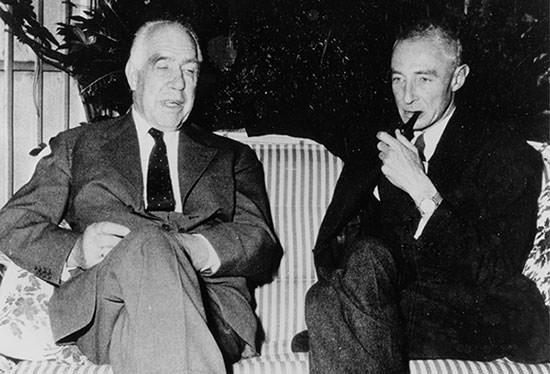
#9 HE WAS CONFERRED WITH THE ORDER OF THE ELEPHANT IN 1947
After the Second World War, Neils Bohr returned to Copenhagen on 25 August 1945 where he continued to run and expand his institute. Internationally, he took part in the establishment of CERN, which became the leading European Organization for Nuclear Research. In 1947, King Frederick IX of Denmark bestowed Niels Bohr with the Order of the Elephant, the highest order of Denmark which is usually awarded only to royalty and heads of state. In June 1950, Bohr addressed an “Open Letter” to the United Nations calling for international cooperation on nuclear energy. In 1957 he received the first ever Atoms for Peace Award.

#10 HIS SON ALSO WON THE NOBEL PRIZE IN PHYSICS
During his early years Bohr was a football enthusiast and played several matches for the Copenhagen-based Akademisk Boldklub as a goalkeeper. On August 1, 1912, Niels Bohr married Margrethe Nørlund, the sister of the Danish mathematician Niels Erik Nørlund. The couple had six sons. They lost a son to a boating accident in 1934 while another died from childhood meningitis. One of their sons, Ernest played field hockey for Denmark at the 1948 Summer Olympics. On 18 November 1962, Niels Bohr died of heart failure at his home in Carlsberg, Copenhagen. He was 77 years old. In 1975, Neils’ son, Aage Bohr, a nuclear physicist, won the Nobel Prize in Physics making the Bohrs one of only six pairs of fathers and sons to have won the Nobel Prize.

